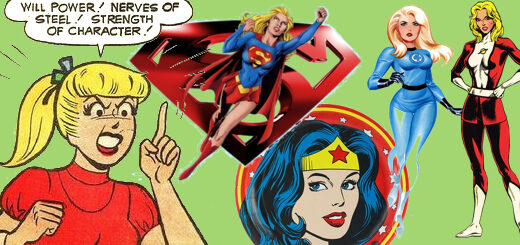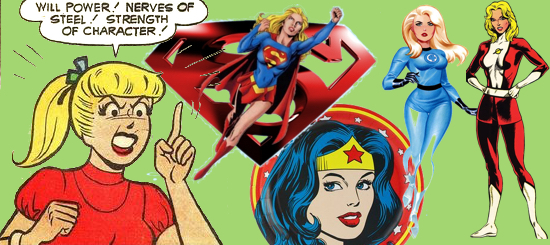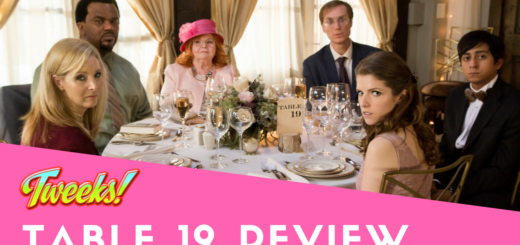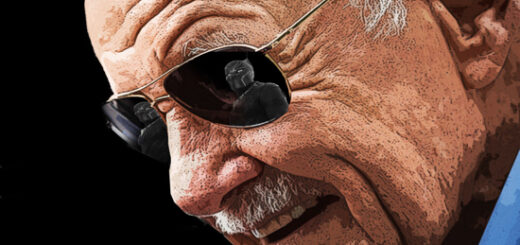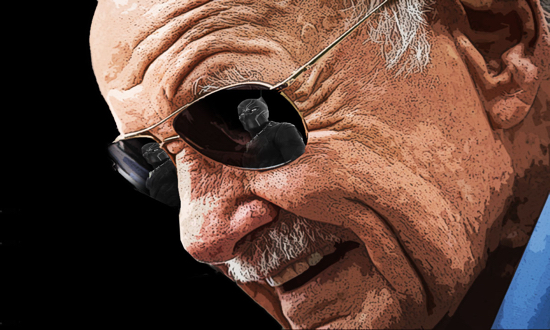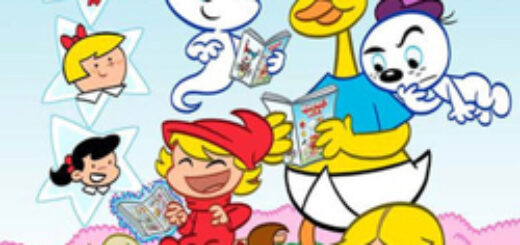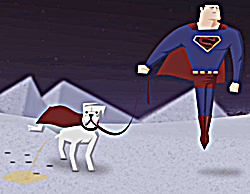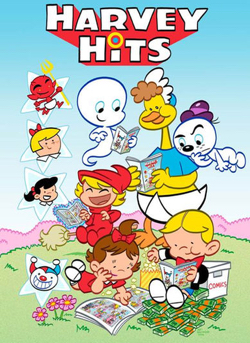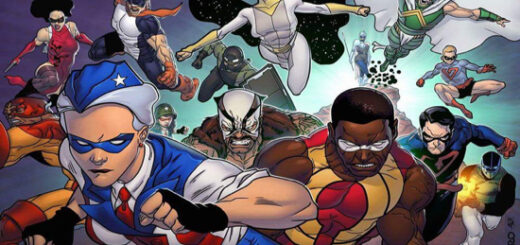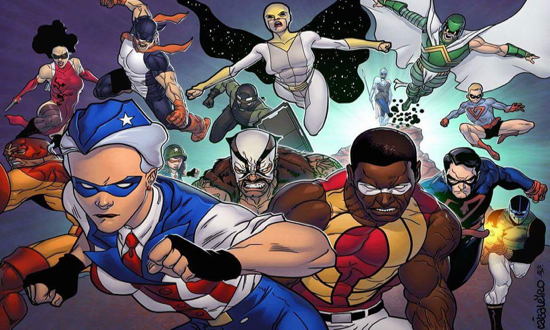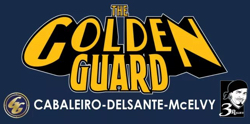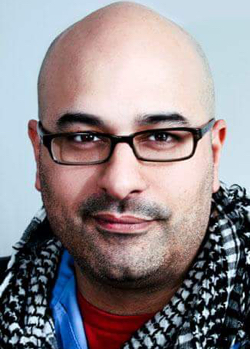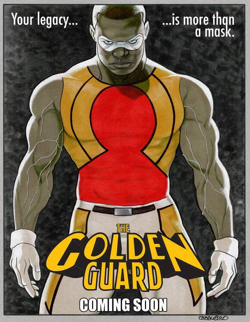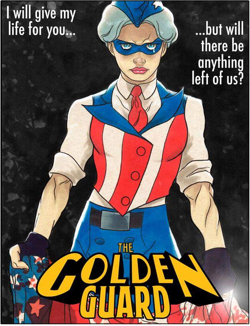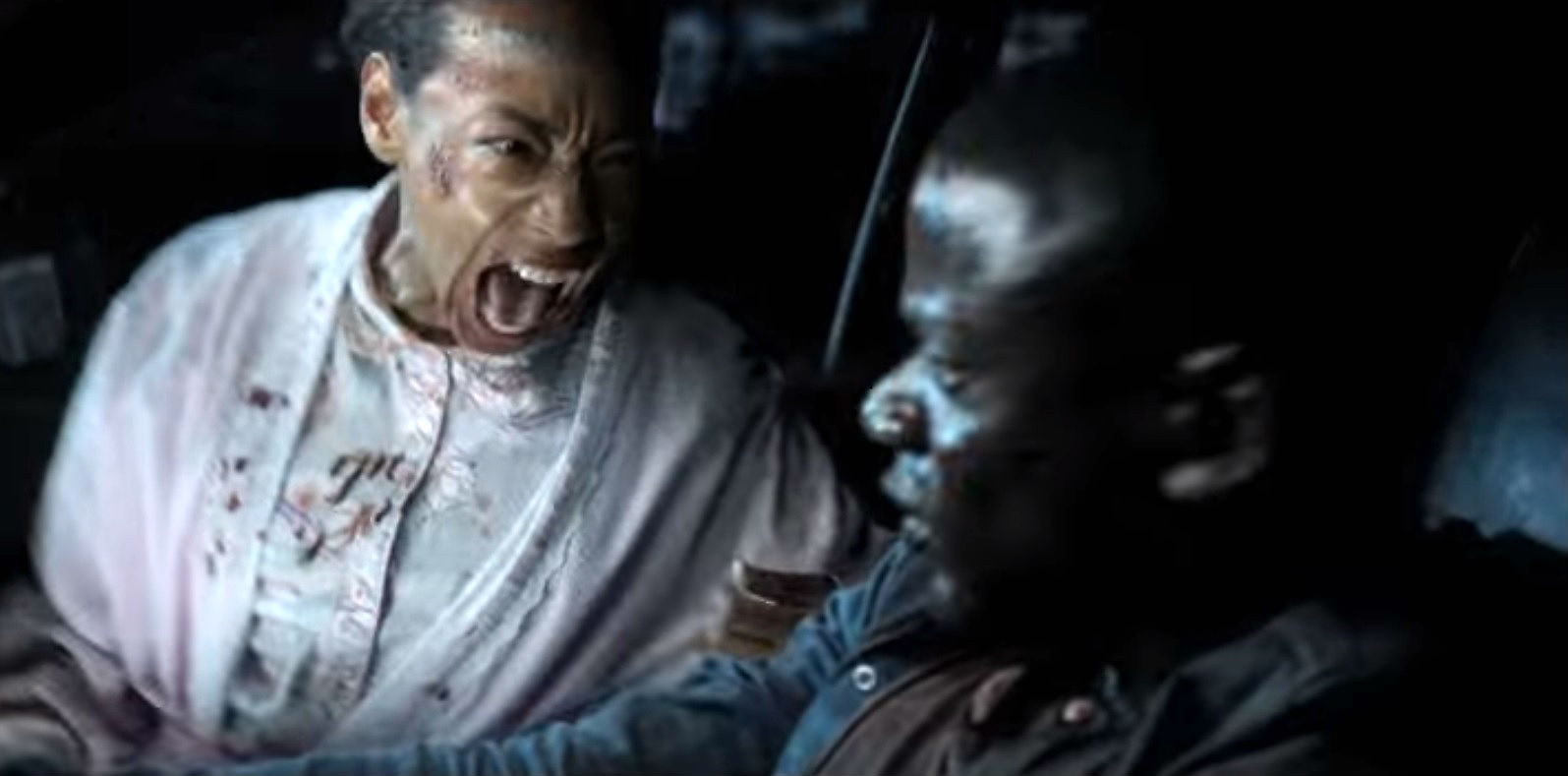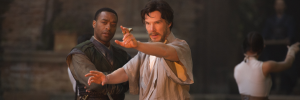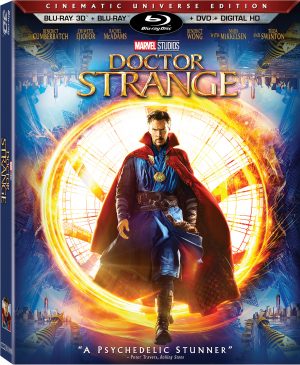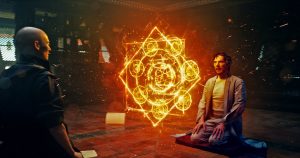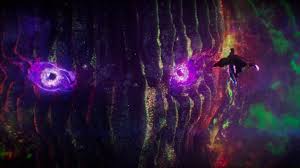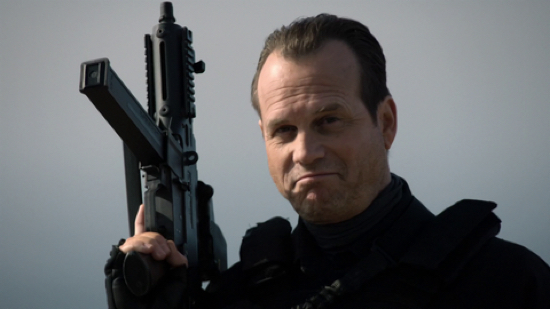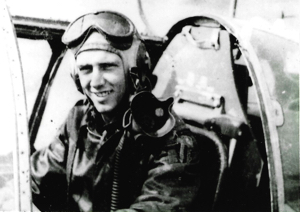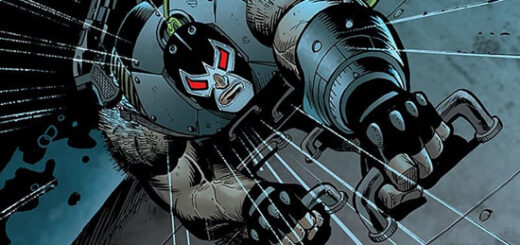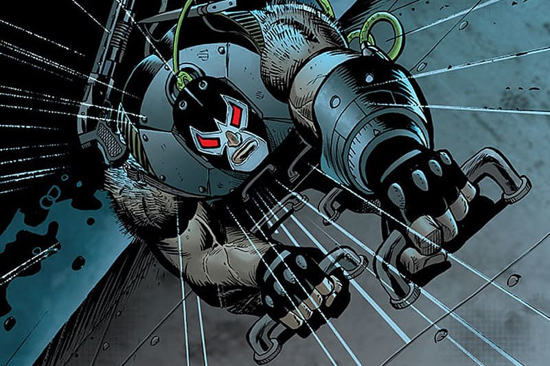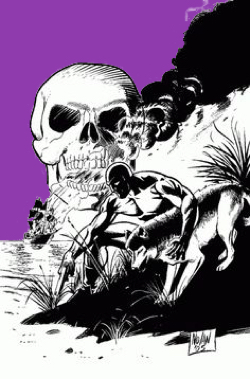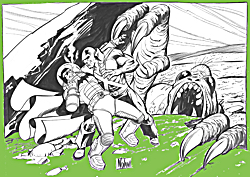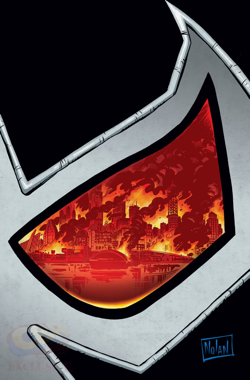The Law Is A Ass #402: CAPTAIN MARVEL’S EXCESSES ARE PREDICTABLE
“Bob, we need to talk.”
Those are normally not words I dread. I like a good conversation as well as the next guy and a good deal better, if the next guy happens to be Calvin Coolidge. But, as I studied the room full of people in front of me — family, friends, even editors — all trying desperately not to catch my eye, I knew this wasn’t going to be a good conversation.
“Is this an intervention?” I asked. I didn’t need an answer. Their expressions screamed: this is an intervention.
“We think you’re spending too much time on Civil War II.”
“I’m spending too much time on it. The series ran for nine extra-sized issues, plus eighty-eight or so tie-ins in other comics. I’ve seen beached whale carcases that were less bloated.
“That’s seventy-nine or so issues to tell one story! Did you know Stan and Jack produced the first Inhumans and the first Galactus stories in only seven issues of Fantastic Four? Combined!
“And you’re complaining about a measly two columns!”
“But aren’t you about to write a third one?”
“Well, yes. We have Captain Marvel vol 9 #8 to deal with.”
I actually heard a collective sigh of “What now?” rise from the room full of interventionists.
“Ulysses Cain, the Inhuman who can predict possible futures, made another one. A pulse of destructive energy was going to take out several blocks in Van Nuys, California. An explosion with an epicenter in the house of Stewart Cadwall, the former super villain named Thundersword.”
I looked up at a room full of stares as blank as the computer screen I had been staring at for hours. Many of the people here hadn’t even read the three — count ’em, three — comics from 1985 where Thundersword showed up. And as for the people in the room who had read those issues… Well, Thundersword was so obscure, I’m not even sure the people who wrote those comics remembered him.
“Stewart Cadwall was a failing Hollywood writer who became a super villain when the Beyonder imbued an award he won with powers. Cadwall used those powers to become Thundersword. He was captured sometime off-panel, made parole at some point, and hadn’t appeared since 1985. Until Ulysses sent Captain Marvel, Black Panther, and a cadre of SWAT police to Cadwall’s door. This was, as Captain Marvel described it, to bring Cadwall in, ‘by the book.’
“If, that is, the book is Mein Kampf.
“Captain Marvel’s team smashed in Cadwall’s door, searched his house, and found his old award. Cadwall had kept it, because it was the only thing he had to show he had ever been successful at something. Unbeknownst to him, the award was building up energy and was going to explode at some point.
“Yes, by keeping his former super-villain weapon, Cadwall was technically committing a parole violation. So, yes, Cadwall was guilty of something. But that still doesn’t justify Captain Marvel and her SWAT team breaking into Cadwall’s house and searching it without any warrant.
“At least, they never showed a warrant. But the prediction also said the explosion wouldn’t happen for several hours; plenty of time for Captain Marvel to obtain a warrant before going into Cadwall’s house. And as there was enough time for Captain Marvel to obtain a warrant, the Constitution required her to get one before she could enter or search a citizen’s house. If Captain Marvel acted without obtaining a warrant, she violated Cadwall’s constitutional rights and her team’s search and seizure was illegal.
“If they acted with a warrant, how did they get it? Would a prediction of a possible explosion give a judge enough probable cause that the judge could issue a search or an arrest warrant? I’m not sure it would.
“Anyway, Cadwall was arrested. But not to worry. In Captain Marvel vol 9 #10, another person stole Cadwall’s trophy from the evidence locker and used it to empower himself. When Cadwall helped Captain Marvel capture this new villain, she arranged for Cadwall’s parole violation to be dropped. She even let him keep his trophy. So it all went well for Stewart Cadwall.
“Which is more than we can say for Alison Green http://marvel.wikia.com/wiki/Alison_Green.”
I wasn’t surprised by the blank stares from everyone in the room this time. Alison Green wasn’t even an obscure villain everyone had a right to forget, she had never appeared before.
“In Civil War II #4”
“See, that’s why we’re worried about you, Bob, you’re losing track of things. In your last column you talked about Civil War II # 2. Now you’re talking about # 4. What happened to Civil War II # 3?”
“Nothing happened to it. It came out before # 4, like it was supposed to. Oh, you mean what happened in # 3? Don’t worry, I’ll get to that.
“But in issue 4, Captain Marvel arrested Alison Green, a finance banker, because Ulysses predicted she was secretly a Hydra agent and was going to detonate a black hole bomb in the New York Stock Exchange. Captain Marvel reasoned this gave her the authority to hold Alison Green indefinitely so she could force a confession out of Alison.
“While Alison was in custody, S.H.I.E.L.D. investigated her. It found no ties between Alison and any terrorist organizations. Even the psychological screening S.H.I.E.L.D. put her through didn’t turn up and any connection to any suspicious organization. Nevertheless, Captain Marvel held Alison even though there was nothing suspicious about Alison.
“Well, Alison liked karaoke. That makes her suspicious in my book. But not in any law book. The law books might actually question whether Captain Marvel had the authority to hold Alison without charge forever.
“I’m not fully conversant with all of the provisions of the PATRIOT Act. I know it does say the government can hold an alien indefinitely, if it believes he or she may cause an act of terrorism, but I’ve never heard of a similar provision that applies to American citizens like Ms. Green.
“And, guess what? Turns out the prediction was wrong. Alison Green wasn’t a Hydra agent. Turns out the closest Ms. Green got to Hydra was a preference for Hydrox cookies. But she wasn’t any sort of a villain.
“Then.
“Now, Alison wanted revenge against Captain Marvel, so she’s taken to hiring super villains to cause problems for Captain Marvel and her friends. So, congrats, Captain Marvel, if the prediction about Alison does come true, it’s because you and your preemptive-strike predictive justice task force pushed her into becoming a Hydra agent.
“And that’s all I really had to say about Civil War II this week.”
“All? But you said you’d get to Civil War II # 3.”
“And I will get to it. Next week.”
Next week. Hey, maybe an intervention wasn’t such a bad idea after all.


